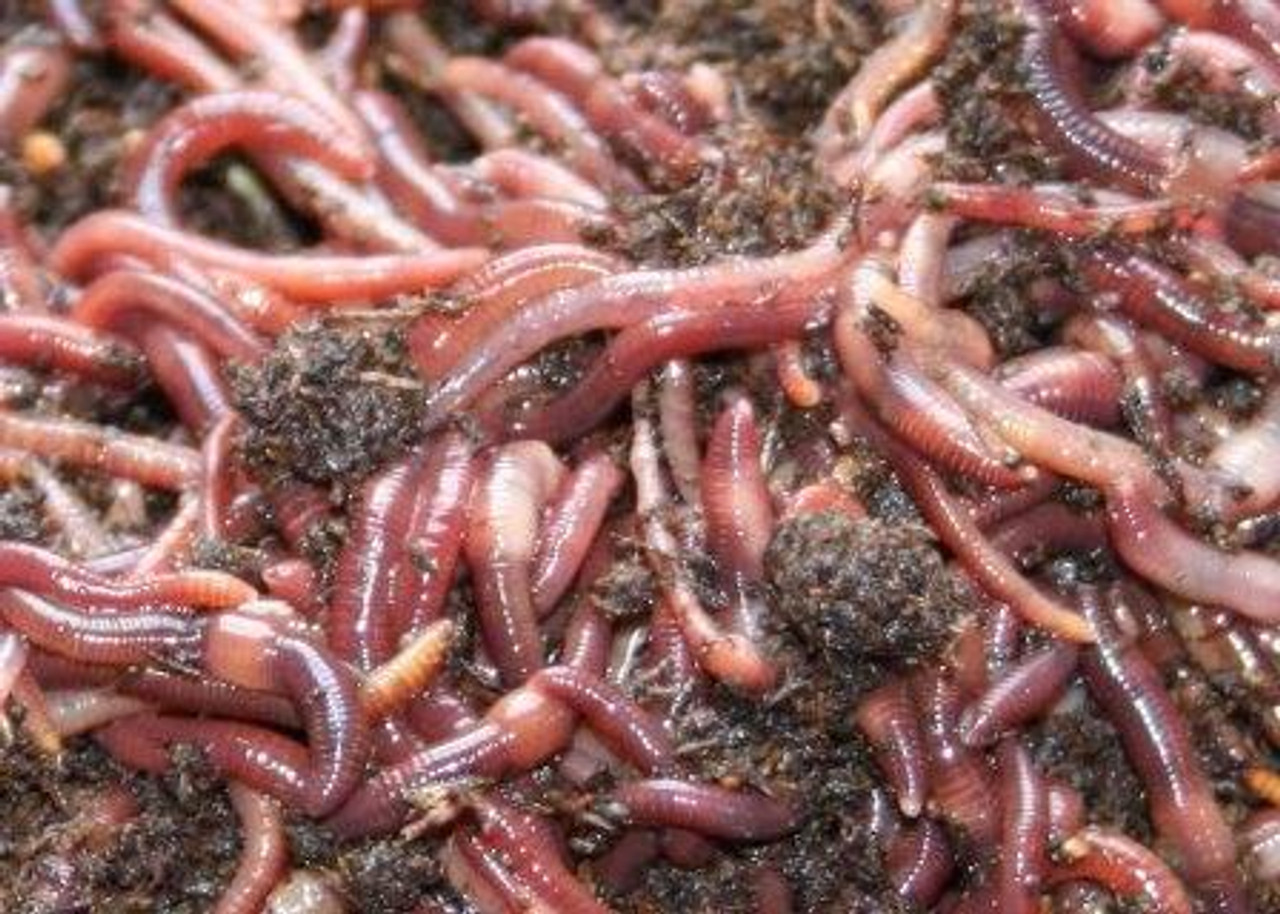Discover the Benefits of Red Wigglers: Nature's Finest Dirt Enrichers
These microorganisms not just stand out in damaging down organic waste yet likewise significantly improve dirt high quality, creating a flourishing ecological community favorable to plant growth. The question continues to be: just how can we effectively incorporate these soil enrichers right into our gardening regimens to optimize their capacity?
What Are Red Wigglers?
What precisely are red wigglers? Red wigglers, scientifically understood as Eisenia fetida, are a types of earthworm renowned for their duty in vermicomposting. These worms are typically reddish-brown in shade and are smaller sized than the typical earthworm, determining concerning 3 to 4 inches in length. Their one-of-a-kind physiology enables them to thrive in natural waste settings, making them remarkable decomposers.
Red wigglers have a high reproductive price, enabling populations to proliferate in ideal conditions. They take in natural matter, including kitchen area scraps and backyard waste, breaking it down into nutrient-rich castings that boost soil fertility. Unlike other earthworm species, red wigglers like a cooler setting and can endure high natural matter content, which makes them suitable for composting systems.
These worms are frequently utilized in home yards, business farming, and waste administration systems as a result of their effectiveness in reusing nutrients and boosting soil framework - Lake Hickory Bait. Their visibility in a garden compost bin symbolizes a healthy community, as they assist stabilize wetness degrees and aerate the substratum. Comprehending the biology and behavior of red wigglers is necessary for optimizing their benefits in sustainable farming and gardening practices
Advantages of Vermicomposting
Vermicomposting, the process of utilizing red wigglers to decompose natural waste, uses various benefits for both home garden enthusiasts and massive farming procedures. One of the primary advantages is the reliable recycling of organic materials, which decreases landfill waste and adds to a more lasting atmosphere. By transforming kitchen scraps and backyard waste right into nutrient-rich compost, vermicomposting promotes a circular economy within families and areas.
Red wigglers excrete a substance recognized as worm spreadings, which is rich in advantageous bacteria. The existence of red wigglers in compost systems aids control dampness degrees and boosts oygenation, creating a much healthier atmosphere for decomposition.
The process is also fairly low maintenance, making it obtainable for people with restricted gardening experience. By using vermicomposting, users can cultivate a sustainable method that not only enriches their gardens but additionally fosters a much deeper link with ecological stewardship. In general, the benefits of vermicomposting prolong beyond mere waste reduction, contributing to much healthier ecological communities and improved farming practices.

Enhancing Dirt Quality
Enhancing soil high quality through the unification of red wigglers considerably benefits both home gardens and agricultural landscapes. These earthworms play an important duty in the soil ecosystem by breaking down natural matter and helping with the decomposition process. As they eat natural waste, they create nutrient-rich castings that function as an all-natural fertilizer, improving the soil's nutrient web content and structure.

(Red Wiggler Express)In addition, red wigglers improve the soil's capability to retain wetness, decreasing check the requirement for frequent watering and making sure that plants get a consistent supply of hydration. This wetness retention is particularly helpful in drought-prone areas, creating an extra resistant garden or agricultural setting. On the whole, integrating red wigglers right into dirt management practices results in enriched dirt that supports sustainable horticulture and farming initiatives.
Improving Plant Growth
The visibility of red wigglers in soil dramatically increases plant growth, functioning as all-natural catalysts for much healthier vegetation. These earthworms boost the soil structure, advertising better oygenation and water drainage. Lake Hickory Bait. As they burrow with the soil, they develop channels that promote origin infiltration, allowing plants to access vital nutrients and water better
Additionally, red wigglers add to the nutrition cycle by damaging down raw material right into nutrient-rich spreadings. These spreadings are rich in nitrogen, phosphorus, and potassium, the primary nutrients required for plant health and wellness. Their slow-release nature guarantees that plants can take in these nutrients gradually, lowering the risk of nutrient leaching and supplying sustained support for development.

Just How to Utilize Red Wigglers
Although many garden enthusiasts may be not aware, including red wigglers right into their horticulture practices can considerably boost dirt fertility and structure. These earthworms, recognized clinically as Eisenia fetida, prosper in garden compost and raw material, making them suitable for vermicomposting systems. To begin making use of red wigglers, establish a vermicomposting container that is well-ventilated and consists of a bed linen material such as shredded paper, cardboard, or coconut coir.
Include kitchen scraps like veggie peels, coffee grounds, and crushed eggshells to supply a balanced diet for the worms. Stay clear of adding meat, dairy, and oily foods, as these can draw in insects. Regularly monitor dampness levels; the bed linens needs to continue to be damp but not soggy.
As the worms eat the natural waste, they create nutrient-rich castings that can be collected and blended into yard dirt or used as a fertilizer. A general standard is to use one component worm castings to 3 parts soil for optimal outcomes. In addition, red wigglers can be presented straight into garden beds to promote all-natural oygenation and boost microbial task, thus promoting healthier plant growth and enhanced dirt top quality.
Conclusion
In final thought, the integration of red wigglers into composting practices supplies substantial advantages for dirt enrichment and plant health and wellness. Their effective decay of organic issue enhances dirt structure, moisture retention, and microbial activity.